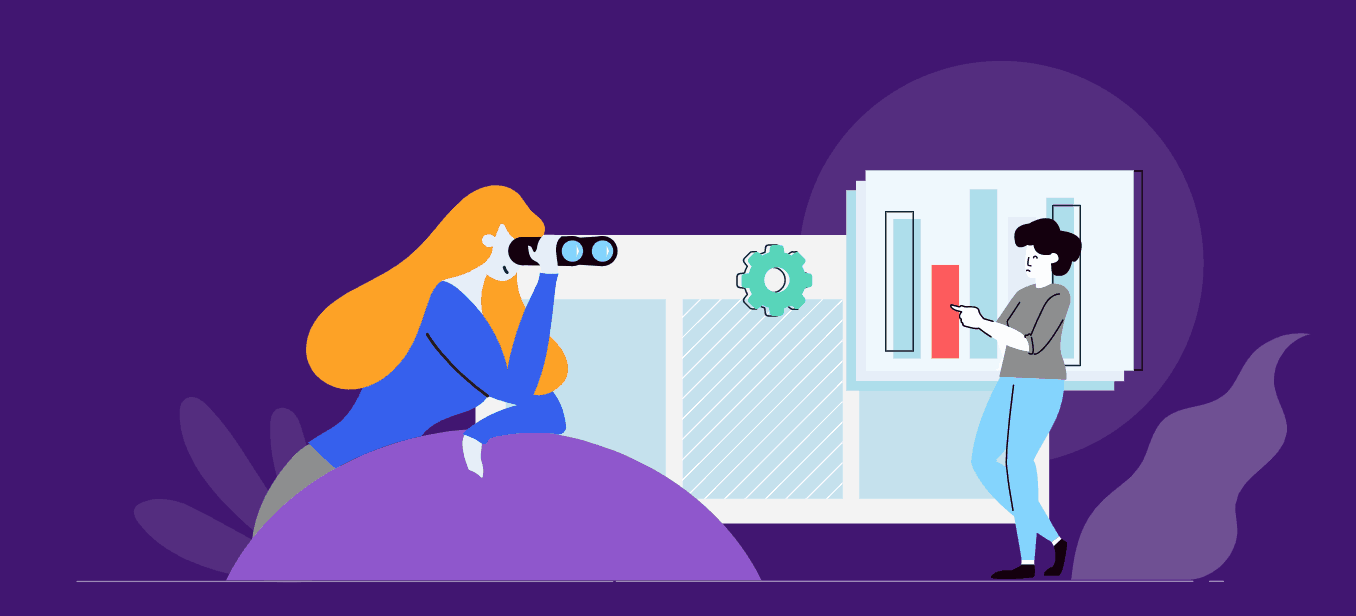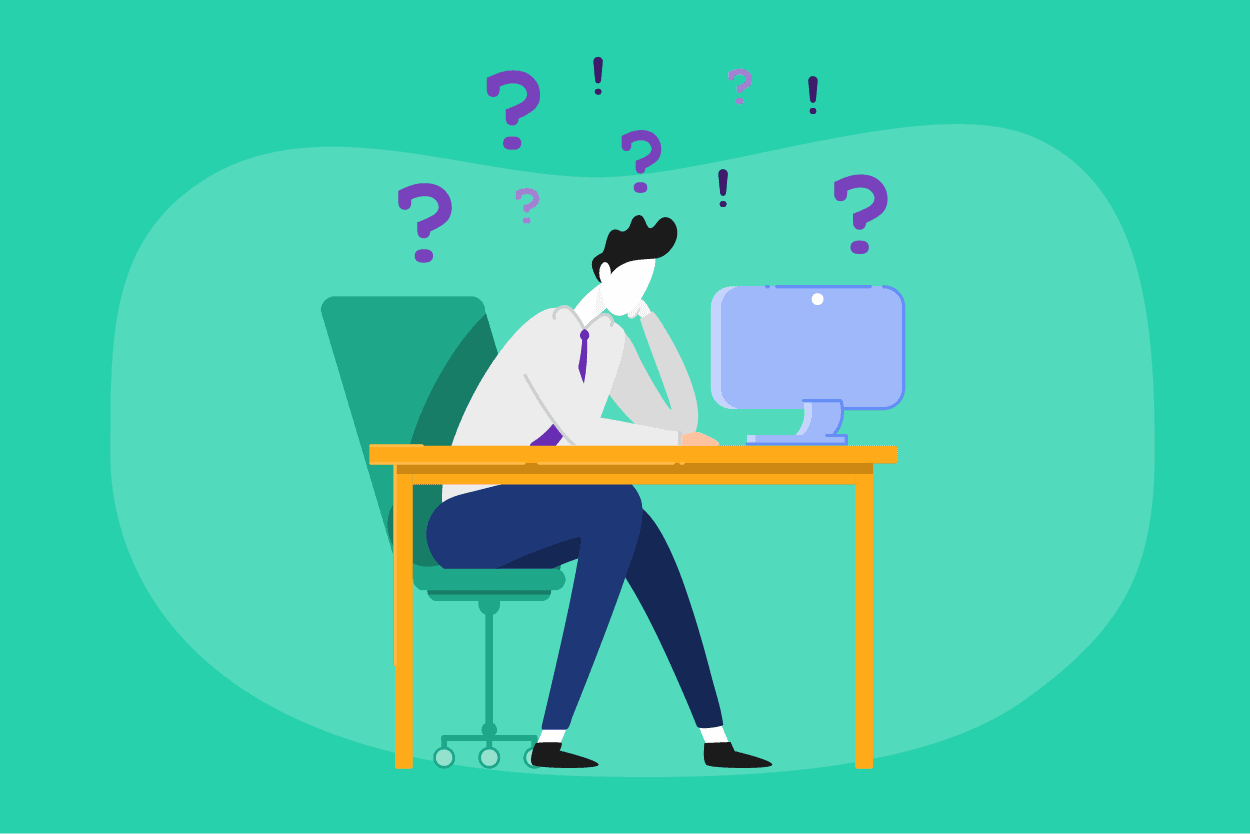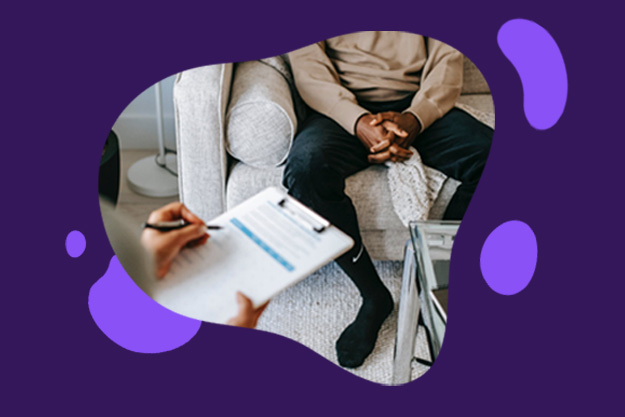4 min read
The First Step in Handling Employee Substance Abuse
 Claire Wiseman Imber
:
November 6, 2019
Claire Wiseman Imber
:
November 6, 2019
In the years since I began opening up about my own family’s struggle with substance abuse, I’ve found that nearly everyone I know has a similar story. Nearly 21 million Americans, or 6.5% of us, have at least one addiction. Of those friends, family members, and coworkers, only about 10% will receive treatment.
As an employer, you might think that helping workers cope with substance abuse or addiction is beyond your scope. Maybe you worry that it’s too personal, just none of your business, or simply too big a problem for your company to tackle.
Getting our arms around substance abuse won’t be easy, but the workplace should try. Your employees spend one-third of their lives at work. That means you’re likely to see the effects of substance abuse in low productivity, absenteeism, increased sick leave, and distraction. More importantly, you’ll see the human toll that substance abuse exacts on your employees, their family, and your coworkers.
To offer help, many companies turn to Employee Assistance Programs (EAP’s’). No, an EAP won’t solve the problem. But it can offer an entry point for employees to begin to seek treatment. In this post, we’ll discuss how EAP’s can tackle workplace substance abuse and offer our best tips for maximizing this benefit.
How does workplace substance abuse look?
The American Psychiatric Association defines addiction, or severe substance use disorder, as a complex brain disorder resulting in compulsive substance use. Those with a substance abuse problem or addiction are more likely to deal with health problems, face financial difficulties, and struggle with personal relationships. As their work performance suffers, the cycle of stress and abuse continues. That said, substance abuse and addiction don’t always fit the profiles we’ve come to expect. For example:
- Most Americans who drink don’t do it in moderation. The latest National Survey on Drug Use and Health, published in 2016, found that slightly more than half of Americans who consume alcohol binge drink (for women, binge drinking means having 4 or more drinks at a time, and for men, it’s 5), and one in 8 are heavy users (meaning they binge drink 5 or more times per month).
- Rates of alcohol and drug use rise with increased levels of income and education. White-collar urban employees might lean on alcohol or illegal drugs to wind down after long hours at their desk. In general, jobs with higher rates of stress—across every industry—also have higher rates of drug and alcohol use.
- About 130 Americans die every day from opioid overdoses. Rural communities, where many people struggle with job loss and falling wages, have been hit especially hard. This problem isn’t limited to rural communities, though, as 71% of US employers say they’re affected by employees misusing prescription medication.
As you build out your employee benefits package, don’t avoid creating a strategy to compassionately address substance abuse and addiction. All the free snacks and transit benefits in the world can’t help a struggling employee. Instead, let’s discuss how EAP’s can point your employees toward recovery.
EAP’s and substance abuse
Supporting employees through substance abuse might seem like an insurmountable obstacle, especially for small businesses. But an EAP benefit is usually a relatively affordable solution. Employee Assistance Programs are confidential and typically address mental health, stress, substance abuse, or family and marital problems through assessments, short-term counseling, and referrals. They’re effective, too.
In a study of one short-term counseling program, participants reported improvements in alcohol use and absenteeism after just 30 days. In the same program, 69.4% went from low or moderate productivity to high productivity during that period (see our post Does Short-Term Counseling Really Work?).
When an employee is struggling with substance abuse, their supervisor or coworkers might not know how to help. Referring to an EAP is a helpful first step. Employee Assistance Programs may also be a good entry point for more severe mental health and substance abuse concerns. In these cases, your employees will likely need longer-term, structured treatment plans that aren’t available within your EAP. An EAP counselor can help employees take the first steps toward recovery by pointing them to resources within the mental health and substance abuse (MHSA) component of a medical program.
Helping employees make the most of EAP
It’s a safe bet that you’re already offering an EAP; in 2019, 79% of employers polled by SHRM did. If so, it’s essential to ask whether your employees are using this benefit. Do they even know it exists?
Employees struggling with substance abuse may be wary of coming to their manager, coworker, or even HR about their concerns. They may worry that they can’t afford to seek help on a high-deductible health plan. It’s essential they know they aren’t alone and can always access a confidential, low-cost option like an EAP.
Relying on traditional benefits education and delivery methods isn’t enough. Some estimates put EAP utilization as low as 7%, and studies of other widely-offered benefits bare out the idea that awareness is low (see Why Employees Don’t Use Your EAP Program for more). A Gallup study found that more than 85% of large employers offer a wellness program, but 40% of their employees aren’t aware that the plan exists. You want your EAP to be an exception to that rule because this offering, perhaps more than anything else on your benefits roster, can change lives.
So, where do you start?
- Create a plan to highlight offerings beyond OE. If employees only vaguely remember hearing about a benefit during a meeting, they won’t know to turn to it for help with a mental health or substance abuse problem.
- Don’t rely on traditional communications channels. Ever sent a message about the EAP outside open enrollment? There’s no time like the present! Considered sending a push notification or SMS about this benefit? Go for it! The more you remind employees, the more likely they are to call on this service when they need it most. Read our post “The Best Benefits Engagement Tool You Haven’t Used Yet,” to learn more.
- Make sure employees understand their EAP. Remind them—in all your communications—that it’s confidential, inexpensive, and requires no prior approval. Asking for help is already tough enough. Make it simpler by assuaging their fears and explaining the EAP process.
- As an organization, work to remove the stigma associated with treatment. Share stories of the ways your EAP has helped employees. When someone celebrates their sobriety on social media, stand behind them and be vocal in your support.
If your company is one of the few in the US that doesn’t already offer an EAP, it’s high time to hop on board. Combined with a compassionate approach and organizational support, it’s a significant first step toward coping with substance abuse and addiction and improving life for struggling employees.
Employee Assistance Program Guide
EAP’s are often buried in a benefits booklet and ignored. Here, we’ll share our best tips for helping employees navigate life with the help of your EAP.
Learn more »

Health Insurance Plan Design Pitfalls to Avoid in 2020
Can you believe it’s that time of year again? If you’re an HR leader, you’re already planning your health insurance and benefits for 2020....

Why EAP Understanding is More Important Than Ever
We’re approaching 2021 open enrollment under a cloud of mental health concerns. Employees are struggling like never before, and it might feel like...





